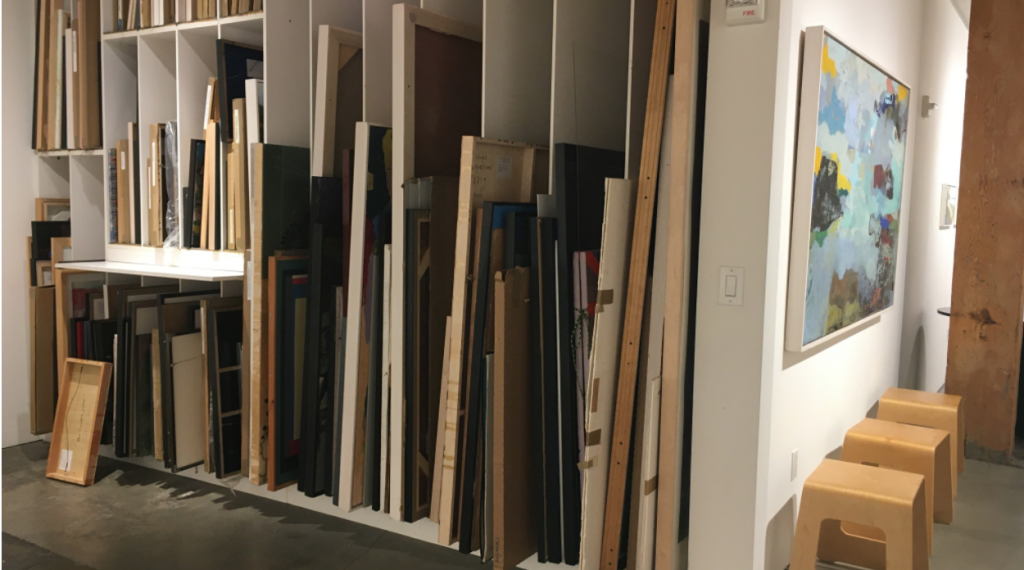Think Piece – Art Galleries in the Age of Technology

Wasn’t the world wide web meant to increase information accessibility and economic convenience? Why then has our country, and the world for that matter, been witnessing a rapid increase in wealth inequality as brick-and-mortar shops close under quarantine? Why not question the promise of connective technology? And what better trail to investigate this phenomenon than through the already perplexing economy of art.
While Portland’s Pearl District wraps up the annual Art in the Pearl festival, one is left scrolling through the websites of our city’s galleries for clues.
In the art world, the digital market presents as online gallery showings, sales and social media. Visiting the websites of several local galleries, most offer some form of digital exhibition. Both the Blue Sky and Froelick galleries have regularly hosted live-streamed artist talks. While perhaps originally launched with the intent to increase the accessibility of present mediums, the migration of the art market online seems to have created entirely new mediums for creative exchange and expression. A recent exhibition with the Holding Gallery exhibition was able to be held entirely online: an interactive video game!
While cities work as artistic centers by consolidating material resources, transportation, specialized labor markets, and infrastructure (for example supplies stores, galleries, the subway, art schools, and cooperative living spaces), the web works as its own conduit of intellectual resources and networking. But in contrast to the lumpy resource distribution across physical geography, shouldn’t cyberspace be smooth?

Even within cities, galleries tend to cluster together, oozing creative juice into neighboring cafes, bars, and alleyways. Can we imagine a future where these spaces remain bounded within their geographical borders while representing an entirely global artistic community as enabled by the digital market? Such a reality remains—for now—to the imagination. Despite boastings of digital interconnectivity, galleries remain defined by their localized social networks.
In a conversation with a gallery curator at the Froelick Gallery offers insight into how this interplay between digital and geographically-bound social networks takes shape. While describing themselves as an international gallery, the Froelick largely represents Portland artists with their artists abroad coming mainly from Tokyo and Brazil. These foreign artists had connected with the gallery through the networking of friends already established in the gallery. For example, the friendship between one Portland printmaker and a Tokyo artist sparked a connection between the two cities that catalyzed the gallery’s relationship with many other artists in the city.
This distribution of artists within an international gallery struck me as a surprising parallel to the claims of major international investment banks on Wall Street who admit to holding their only offices abroad in London and Tokyo. Perhaps not so surprising considering both investment banks and art galleries act as international trading hubs within condensed geographical boundaries. Rather than integrating an increasing number of groups over time, digital networks appear to enable power to coalesce according to an already clunky distribution across geography.
Despite the possible connections made available with technology, artists continue to operate according to their established and localized social networks. Rather than somehow equalizing the marketplace, allowing small artists to overcome the hurdle to get into large galleries, the increased connectivity of globalization appeared to remain under the same elitist social barriers that have always defined the art world.




